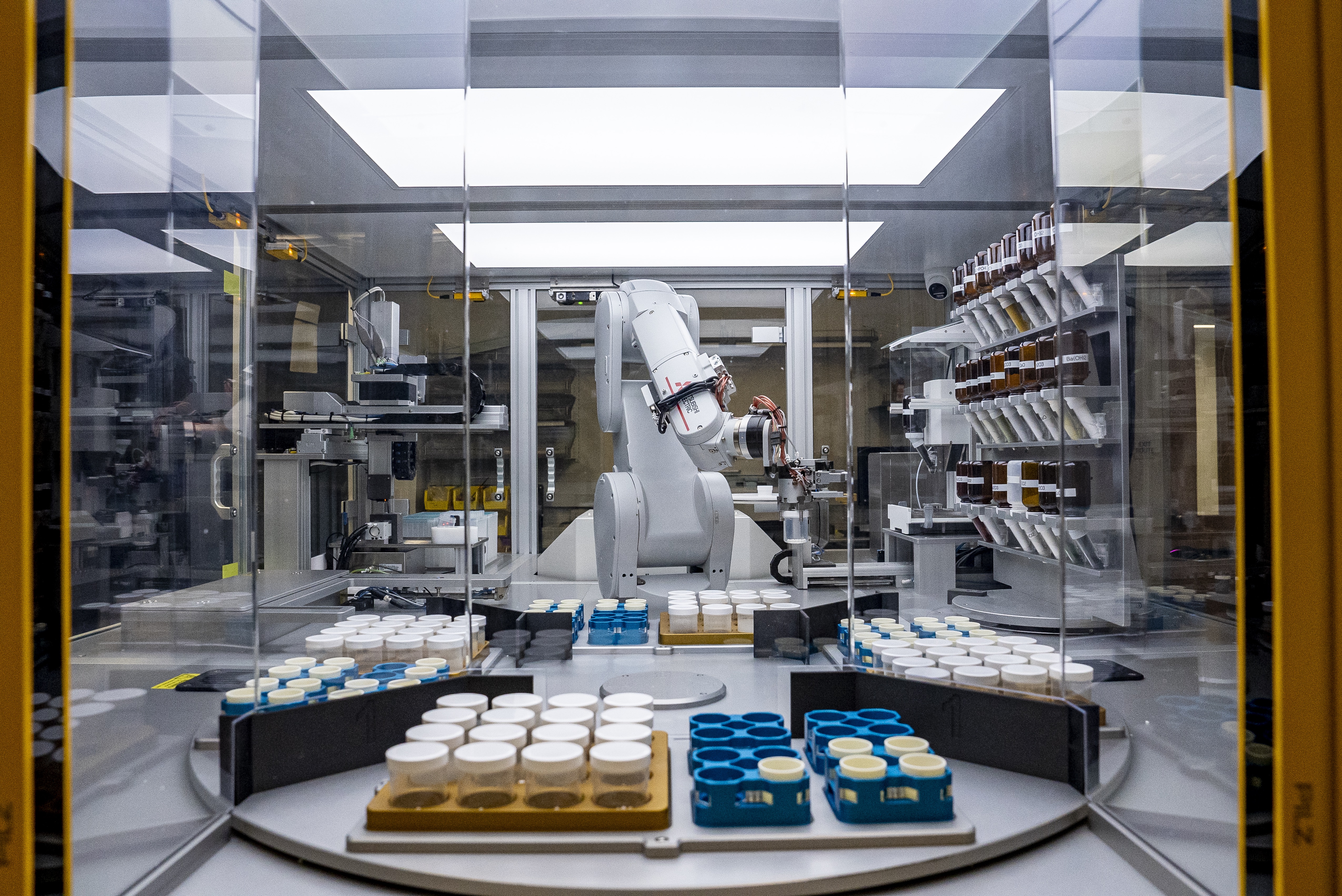GNoME: Innovating at 800x Speed

As Chat-GPT hit its one-year mark, the pace of innovation has not stopped. Not can AI help us write papers and code, but it can also invent new inorganic crystals, creating new materials for electronics. Renewable energy to computer chips rely on these crystals.
As Tyler Cowen said last April, the Great Stagnation is probably over. AI can teach students how to use R, edit their papers, and draft essays. It can diagnose rare illnesses, and even interpret radiology results. Recently in a new paper in Nature, Google DeepMind researchers have trained AI to find new inorganic materials, substantially speeding up progress in material science.
Using AI, Google DeepMind researchers have found 381,000 promising 2.2mn crystal structures.
Graph Networks for Materials Exploration (GNoME)
GNoME now can generate new crystals and predict their stability, after being trained with data from the Materials Project on crystal structure and stability. It came up with 2.2 million new crystals, which would have taken 800 years of research. DeepMind has added 380,000 of all the crystals to an online database, the ones that they judge as the most stable and likely to be successful. These crystals will “open potential progress in fields from renewable energy to advanced computation.” They hope to reduce the cost of discovering new materials and spark more research in this area.
GNoME uses a graph neural network (GNN) model, coupled with reinforcement learning.
According to Google's announcement,
The input data for GNNs take the form of a graph that can be likened to connections between atoms, which makes GNNs particularly suited to discovering new crystalline materials.
To assess our model’s predictive power during progressive training cycles, we repeatedly checked its performance using established computational techniques known as Density Functional Theory (DFT), used in physics, chemistry and materials science to understand structures of atoms, which is important to assess the stability of crystals.
We used a training process called ‘active learning’ that dramatically boosted GNoME’s performance. GNoME would generate predictions for the structures of novel, stable crystals, which were then tested using DFT. The resulting high-quality training data was then fed back into our model training.
Our research boosted the discovery rate of materials stability prediction from around 50%, to 80% - based on an external benchmark set by previous state-of-the-art models. We also managed to scale up the efficiency of our model by improving the discovery rate from under 10% to over 80% - such efficiency increases could have significant impact on how much compute is required per discovery.”
Replication
These new crystal structures have promising success rates too: researchers from the University of California, Berkeley and Lawrence Berkeley National Laboratory created 41 novel compounds from a target list of 58 in 17 days. Another 736 of the 380,000 structures have been tested by other labs as well.
Let people innovate. AI will change the rate of progress in many fields, and alter the way that we know the world.